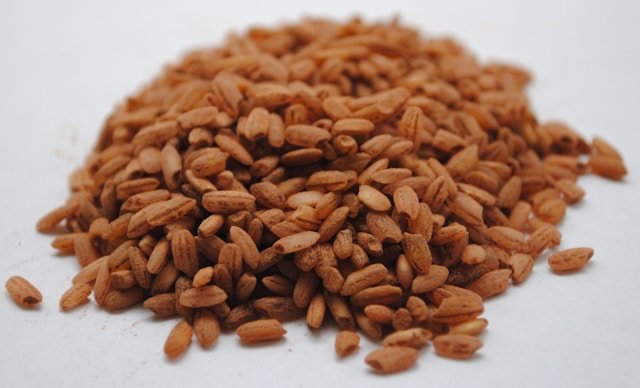New research reveals brown rice contains more arsenic than white rice, raising concerns for young children.
A new study has revealed alarming findings about the levels of arsenic in brown rice, raising concerns about its safety, especially for children. Research led by Michigan State University and published in the Risk Analysis journal shows that brown rice contains higher concentrations of inorganic arsenic than white rice, potentially increasing the risk of exposure to this carcinogenic substance.
Brown rice has long been considered a healthier alternative to white rice due to its higher fiber content and nutritional benefits. However, the study found that the bran layer of brown rice, which gives it its distinctive color, holds a significantly higher amount of arsenic compared to the white part of the rice. Specifically, brown rice contains 48% inorganic arsenic, while white rice only contains 33%.
Inorganic arsenic, which is absorbed from flooded rice fields during cultivation, is known to be toxic and has been linked to various health issues, including cancer. Since rice is highly porous, it absorbs more arsenic than other crops, with the toxin accumulating in the bran during processing. This makes brown rice a concentrated source of arsenic, particularly concerning for vulnerable populations such as children.
Embed from Getty ImagesThe study’s findings are particularly worrisome for young children, who consume more rice per body weight than adults. Children aged 6 to 24 months, in particular, are at risk due to their higher consumption of rice-based foods like cereals and snacks. Experts warn that these elevated levels of arsenic could exceed previously considered safe limits for children, making them more susceptible to the harmful effects of the toxin.
Despite the concerns raised by the study, experts such as dietitian Sherry Coleman Collins suggest that the solution is not to eliminate brown rice from the diet entirely. Instead, it is essential to balance rice consumption with a variety of other foods to minimize arsenic exposure. For adults, the risks are lower due to their larger body size and lower rice consumption relative to weight.
The researchers stress the need for further studies to fully understand the risks associated with long-term brown rice consumption and to develop clearer dietary guidelines for consumers. In the meantime, nutritionists recommend diversifying grain intake by including other whole grains such as quinoa, farro, buckwheat, and barley in the diet.
